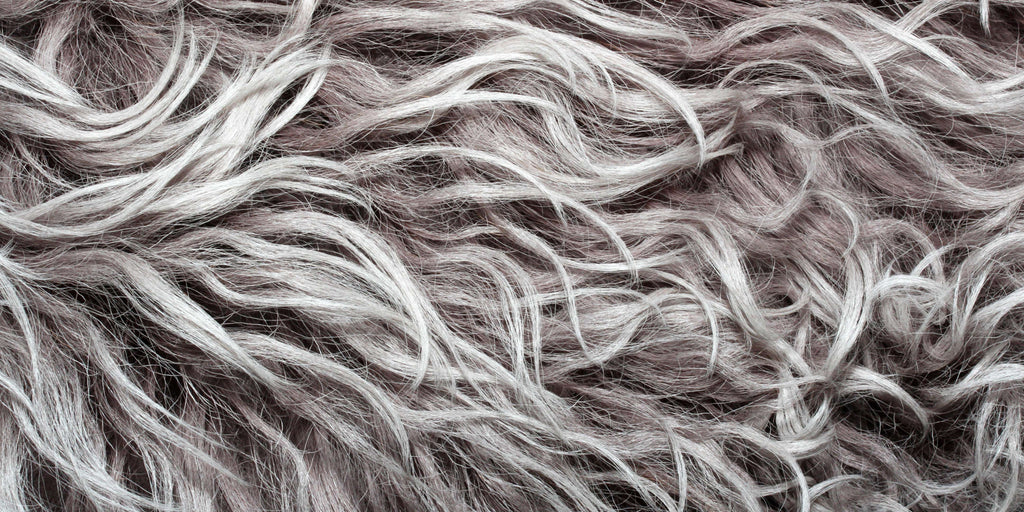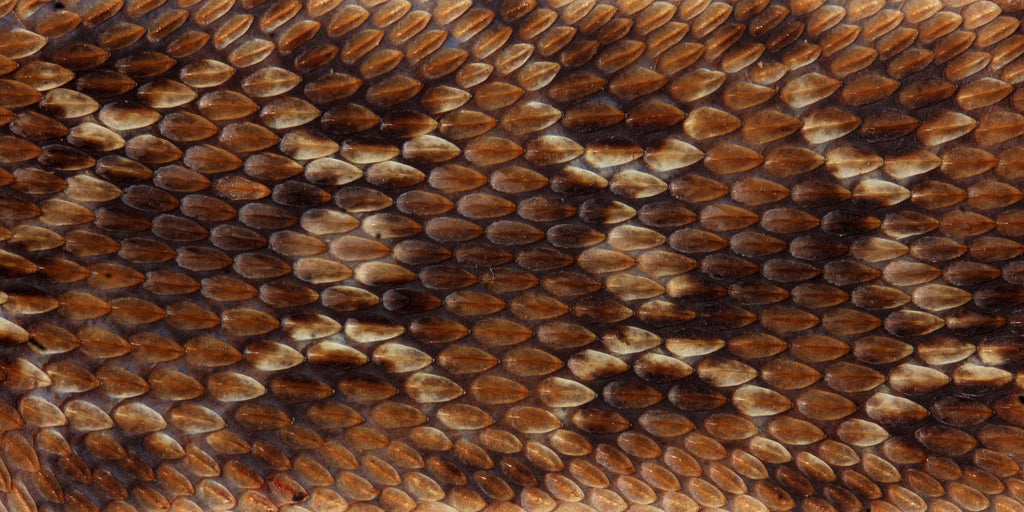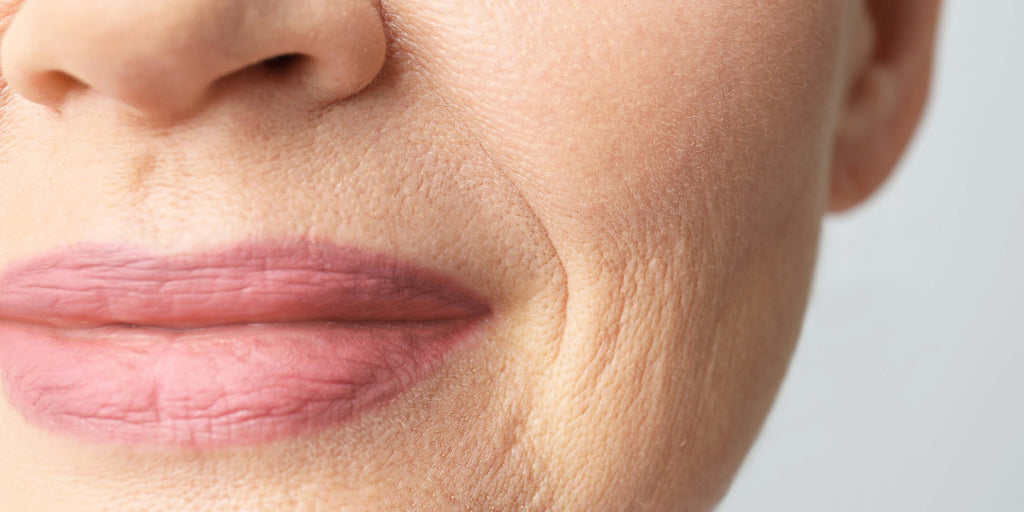Hair Basics: What It Is And What It Does
The role of your hair — or even your lack thereof — extends beyond your scalp, beyond how it looks and beyond how it feels. It, like every other part of your body, has a unique purpose.
It protects your skin. It helps to regulate your body temperature. It facilitates the evaporation of sweat. It contributes to your sensory experience.
How you care for it involves more than simply washing it, treating yourself to a new cut, or throwing your hands in the air and chalking up it’s shortcomings to genetics.
Diet, exercise, weather, pollution and your overall approach to traditional hair care all affect the health of your hair.
The importance of taking care of what hair you have — ensuring its health — wherever it may be, however voluminous, doesn’t change.
Here at Basic Maintenance, we’ll comb through the information for you. Trim off anything unnecessary, and style it in a way that gives you confidence. Confidence in knowing you’re doing everything you can to ensure a healthy, functional body full of hair.
You have different types of hair.
Other than a select few places, like your palms or the soles of your feet, the entire surface of your body is covered in hair.
There are two main types. The shorter and thinner hairs are called vellus hairs (aka peach fuzz) and the longer and thicker hairs are called "terminal hairs”. Terminal hairs are the ones on your head, face, eyelashes, eyebrows, pubic hair, chest hair and belly hair. Those very noticeable hairs.
How much of each you have differs from person to person and depends on your age and sex. Children’s bodies mostly have vellus hair. Only 30% of women’s bodies consist of terminal hair, compared to around 90% for men.
The lower layers of your epidermis is where the new cells get made. It takes about 4 weeks, but eventually they make their way up to the top and replace the dead cells as they shed.
Hair Structure.
Hair consists of a shaft and a root. The shaft is the visible part that sticks out of the skin. Once the hair grows beyond the skin's surface, the cells aren't alive anymore. It's made up of three layers of keratin, a hardening protein.
The inner layer is called the medulla. Depending on the type of hair, the medulla isn't always present. The middle layer is called the cortex, which makes up the majority of the hair shaft. The outer layer is called the cuticle, which is formed by tightly packed scales in an overlapping structure that kind of look like roof shingles.
The root of the hair is in the skin and extends down to its deeper layers. This is surrounded by the follicle - the shaft through which hair grows - and is connected to a sebaceous (oil producing) gland of the skin.
Every follicle is connected to a muscle called the arrector pili which contracts to make the hair stand up. Most nerves end at the hair follicle - these nerves sense hair movement and can pick up even the slightest draft.
At the base of the hair, the root widens to a round bulb. Within this bulb is the papilla - which supplies the root with blood. It’s here where new hairs are made.
How does hair grow?
New cells are constantly forming in the bulb. Eventually these stick together and harden, and a full strand develops from that group of hardened cells. As new hardened cells keep on attaching to the hair from below, it starts to push up out of the skin.
A single hair on your head grows at a rate of about 1 cm per month. Facial hair, and especially eyelashes, eyebrows and body hair grows at a slower pace.
Whether it is straight or curly depends on the cross-sectional shape of hair. Round hair grows straight out of the skin. If that cross-section is more oval shaped, the hair will be curlier.
The cross-sectional shape of a hair also determines the amount of shine that the hair has. Straighter hair is shinier because sebum from the sebaceous gland can travel down the hair more easily. With curly hair, the sebum has trouble traveling down the hair, making it look more dry and dull.
Hair color is determined by the amount of melanin in those hardened cells. This varies from person to person. It changes over the course of a lifetime and decreases with age. As we age, more air gets trapped inside the hair and starts to lose color, eventually turning gray then white.
Hair Growth Cycle
As long as new cells are being produced in the bulb, the hair grows longer. This growth phase is called the anagen phase. At any given time, nearly 90% of a person’s total hair is in its growth phase. The length of the growth phase depends on where on the body the hair is growing. For example, on your head it can last years. If you wanted meter long hair, technically you could have it, but we don’t recommend it. For eyelashes, eyebrows, nasal hair and ear hair, the growth phase is much shorter - typically only 100 to 150 days, so they never really outgrow their purpose.
When the growth phase is done, the hair root separates from the papilla. Then a transitional phase called the catagen phase begins. It’s a transitional stage, and 3% of all hairs are in this phase at any given time. It lasts for two to three weeks. During this time, growth slows down and the outer root sheath shrinks and attaches to the root of the hair. This becomes a club hair, which is a hair that has stopped growing.
The final stage in the cycle, knows as the resting phase of the telogen phase, is when the hair has completely separated from the papilla. It accounts for 10% to 15% of all hair. The supply of blood is cut off and the hair is gradually pushed out of the skin and it falls out. This can last a few months.
Eventually, new hair cells start to multiply at the base of the empty hair follicle to form a new hair, and the entire hair growth cycle starts all over again.
Sources
Anatomy, Hair. https://www.ncbi.nlm.nih.gov/books/NBK513312
Physiology, Hair. https://www.ncbi.nlm.nih.gov/books/NBK499948/
Advances in Understanding Hair Growth. https://www.ncbi.nlm.nih.gov/pmc/articles/PMC4755418/
The Human Hair. https://pubmed.ncbi.nlm.nih.gov/24372228/
Functional Anatomy of The Hair Follice. https://pubmed.ncbi.nlm.nih.gov/29672929/



